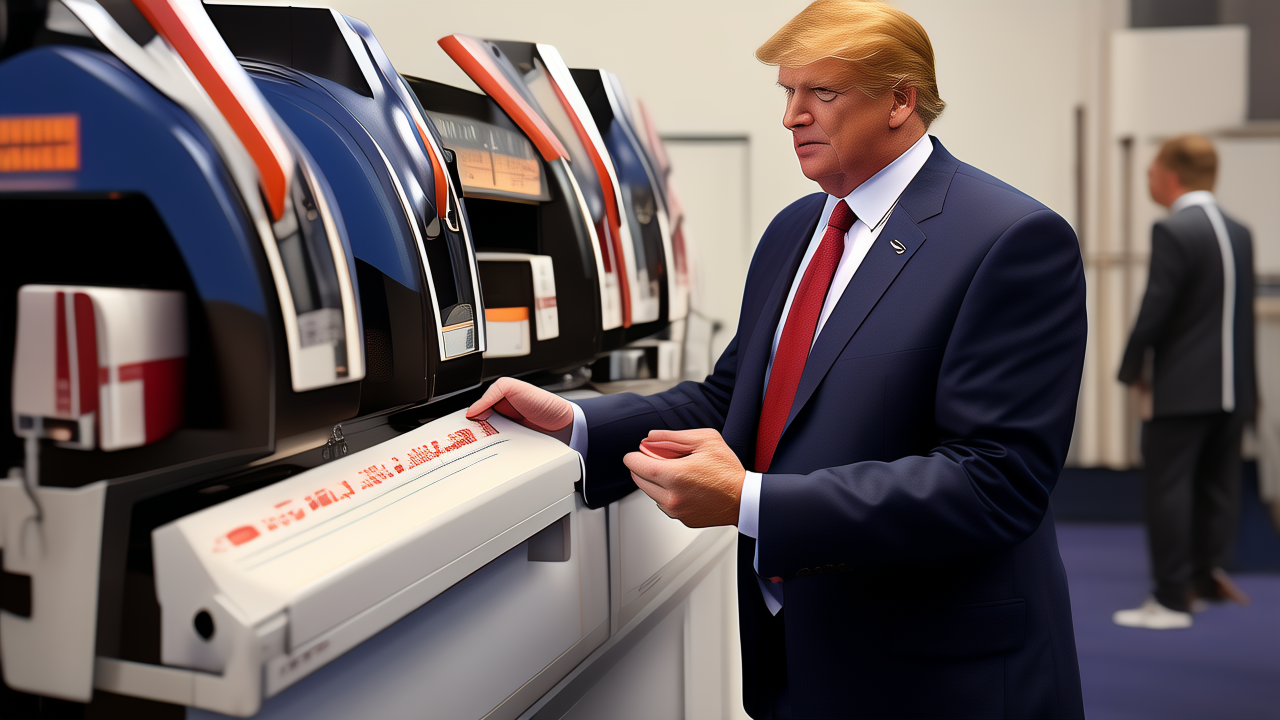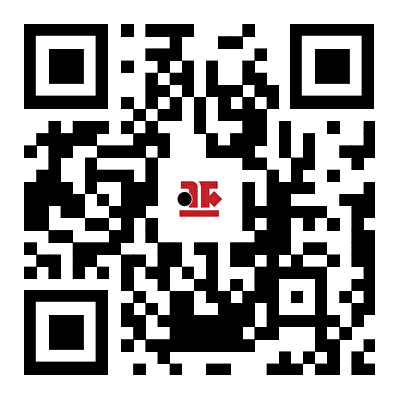
AI-generated image
AsianFin -- U.S. President Donald Trump on Monday issued a stark warning to Beijing, threatening tariffs of up to 200% on Chinese goods if rare-earth magnet exports to the United States are restricted — potentially destabilizing a fragile trade truce between the world’s two largest economies.
“They have to give us magnets. If they don’t give us magnets, then we have to charge them 200% tariffs or something,” Trump told reporters after meeting South Korean President Lee Jae Myung at the White House.
The president emphasized that Washington holds leverage in the form of airplane parts, noting that U.S. aerospace giant Boeing has withheld components critical to China’s aviation fleet. “Two hundred of their planes were unable to fly because we were not giving them Boeing parts purposely because they weren’t giving us magnets,” Trump claimed.
Boeing is currently working on a deal to sell as many as 500 jets to China, according to Bloomberg, with negotiations focusing on aircraft models, types, and delivery schedules. The potential sale highlights how aerospace equipment may emerge as a bargaining chip in U.S.-China trade talks.
Trump’s remarks follow signs that China’s rare-earth magnet exports are rebounding after Beijing briefly imposed curbs earlier this year. Official data show shipments to the U.S. surged more than sevenfold in June — up 660% from May — before climbing another 76% in July.
China dominates the rare-earth magnet market, controlling around 90% of global supply and maintaining similar dominance in refining the minerals required to make them. That dominance gives Beijing powerful leverage over Washington, as U.S. industries from automotive and electronics to renewable energy depend heavily on the materials.
Trump’s comments underscore the delicate balance in trade negotiations. Henry Wang, founder and president of the Beijing-based Center for China & Globalization, suggested the remarks were more posturing than policy.
“He’s bluffing. He always talks big on tariffs or potential punishment, but we shouldn’t get caught up in the rhetoric,” said Wang, who also previously served as a counselor to China’s state council. “The real test should be both sides’ efforts in implementing their agreements.”
In June, Washington and Beijing agreed on a trade framework that included easing Chinese restrictions on rare-earth exports in exchange for limited U.S. rollbacks on technology curbs. Under the temporary arrangement, the U.S. and China lowered tariffs on each other’s goods to roughly 55% and 32%, respectively. That truce is set to expire in mid-November.
The timing of Trump’s warning is notable. Senior Chinese trade negotiator Li Chenggang is expected in Washington this week for talks with U.S. Trade Representative Jamieson Greer and senior Treasury officials, according to the Wall Street Journal.
Analysts say the meetings could help determine whether the truce survives beyond its November deadline. “Whether this holds will depend on sustained bilateral engagement,” said Alfredo Montufar-Helu, managing director at advisory firm GreenPoint. “Li’s visit may help lay the groundwork for higher-level negotiations and potentially more durable solutions to ease tensions.”
Rare-earth magnets are a cornerstone input for high-value industries ranging from electric vehicle motors to wind turbines. U.S. efforts to diversify away from Chinese supply have made little progress, leaving Washington heavily reliant on Beijing despite years of strategic concern.
At the same time, China’s civil aviation market — the world’s second largest — remains a vital growth opportunity for Boeing. The company has struggled with regulatory setbacks and slowing global demand, making a large-scale Chinese aircraft order a critical prize.
For now, both sides appear to be testing the limits of their leverage. While China’s export rebound signals some willingness to compromise, Trump’s threat of punitive tariffs suggests Washington is prepared to escalate if talks falter.
“Magnets may seem small, but they represent a very big piece of the U.S.-China puzzle,” Montufar-Helu said. “The question is whether both governments can move beyond short-term bargaining chips and build a framework for longer-term stability.”







